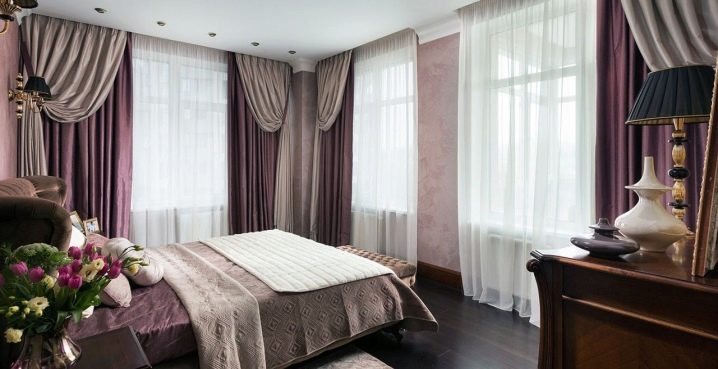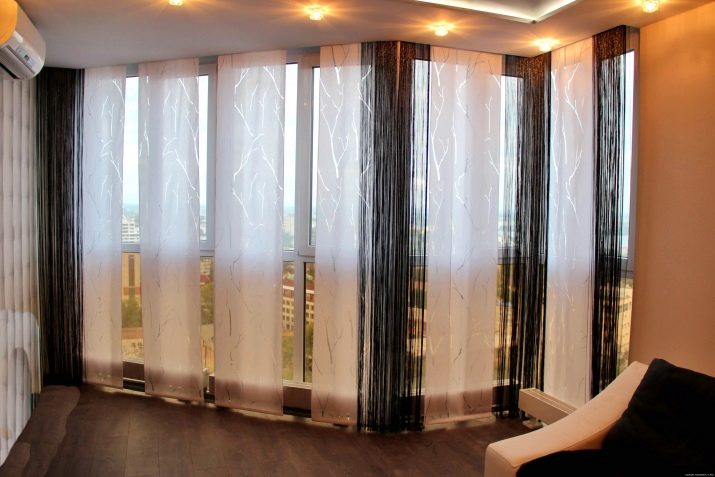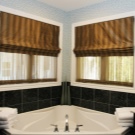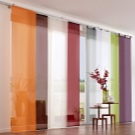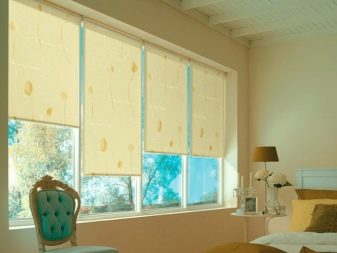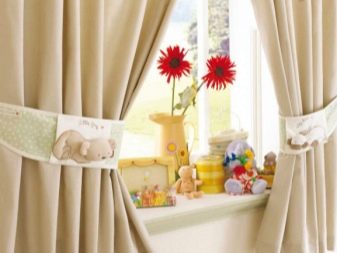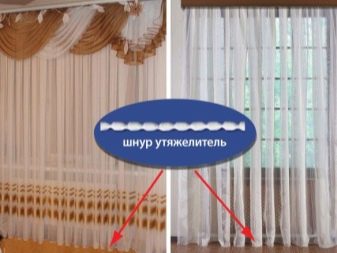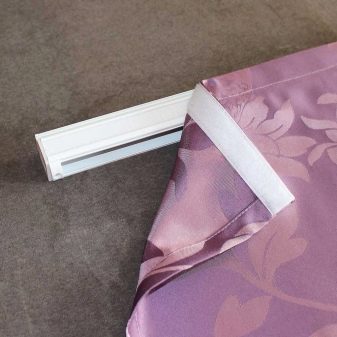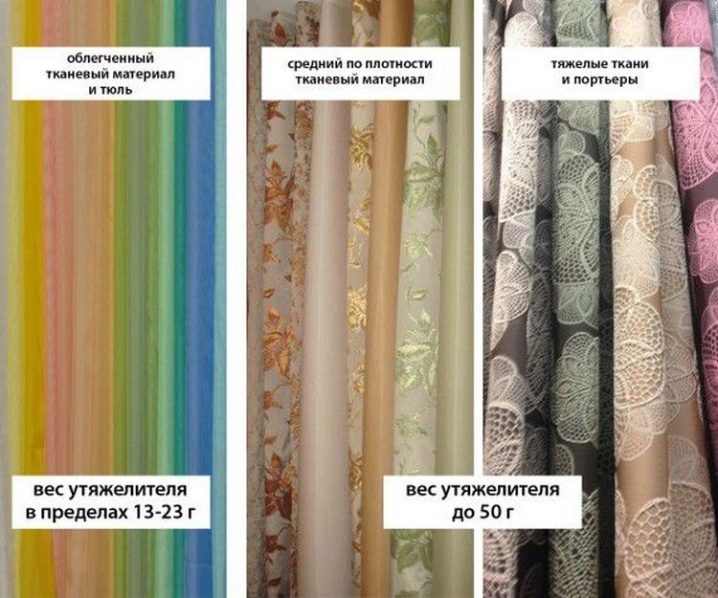Choosing a weighting agent for curtains
Curtains should decorate the room, and not create additional problems. But in some cases, their edges are bent, and the appearance immediately becomes worse. Ironing, even using steam helps a little. Then comes to the aid weighting for curtains.
Special features
No matter how ponderous the curtain may seem, it still shifts easily with a stream of air. That is why special cargoes are needed in many ways to help keep the canvas in place. Weight elements vary in thickness and weight. The rule of selection is one: the higher the density of the curtain fabric, the heavier the used part must be.
It can be used for:
- roman blinds;
- Japanese curtains;
- roller blinds;
- Hungarian curtains;
- heavy curtains.
Thanks to the increased load, it is provided:
- retention of the required shape;
- accelerated straightening of the folded web;
- always attractive look.
Likely modifications
There are weights in the form of a tape or oblong weights. There are also options with a cord and on the basis of round elements with holes. All types have a specific application. But not always the desired loads are included in the delivery of curtains. When additional purchase difficulties may be associated with an overpriced or even complete lack of goods on sale.
The weighting parts can be made by hand. The simplest ones are sewn into the lower edges of the curtains. Cords are also used when sewing light curtains and tulle. A good substitute for them are steel chains or pieces of thin wire. Weighting type "rake" is inserted into the folded edges of the curtains.
Sew on slats need:
- manually;
- on a sewing machine (using a zigzag stitch);
- on overlock.
A simple fold of the bottom edge of the curtain with pulling the chain in the case of opaque matter looks pretty good. But this option is not suitable when the curtain is made of transparent fabric. Then comes to the rescue weighting of their own canvas. The reception is very simple: the bottom edge is twisted twice by 100 mm.
Also to replace the tape can be used:
- wooden slats;
- thin steel tubes;
- metal pins.
All three solutions are claimed by those who independently sew curtains. Buying rails in hardware stores is not necessary at all - the parts are well prepared from a bar. To make the pins, cut the old cornices, dismantle steel shelves and so on. When choosing a plank or slats made of wood, indent for filing lower pockets is made equal to the width of the element itself with a margin of 20-30 mm. But when using the pin machine line is 5 mm from the structural element.
External weight for weighting
Instead of filling the inside of the curtain with various elements, you can hang the load outside. Then apply weighting with different holes, as well as weights. From improvised means such products are easy to replace with unnecessary worn coins. Serially supplied weights are mainly made either round (then holes are needed), or elongated conical parts. Most often, such designs are sewn into turns from the sides.
Balls, flat or cylindrical steel parts are used to replace loads in the form of a cone. To prevent possible contamination,All this is covered with a cloth and carefully placed in the side seams. Lateral bend a little incised from the inside. This incision should be 50-60 mm from the bottom line. In the hole and usually enter the load. When there are no side cuffs, the load must be sewn, using a special tape, just designed for curtains.
For each type of fabric there are strict standards for the mass of the load. So, in tulle and light fabrics weights should not be used less than 13 and up to 23 g inclusive. Lighter ones will not accomplish their task, while heavier ones can break thin matter. For flax and other types of matter of moderate density, the standard will be 23-50 g. But when using curtains that are sewn from dense materials, 50 g is already the minimum mark.
Additional Information
Placement inside the cuffs and seams allows you to hide weighting from prying eyes. Therefore, the choice of a suitable device is strictly individual. Suit almost everything that you can pick up. Portieres are mainly supplemented with plates and cords. Since these elements have an external part, it is very important that they complete the composition and bring it to the ideal.
When it is planned to maintain the geometry of the curtains only in the corners, use plates of a special kind. Most often, the scope of supply already includes mounting hardware. Such devices help to fix the weighting agent in the lower hem.
For Roman blinds, weighting agents are selected in the form:
- steel rod;
- plates;
- reiki.
Particular attention should be paid to the selection of weighting, mounted on the curtains for the bath. In this case, only a steel chain is suitable, occasionally it is replaced with rods and small balls. Another option is a few magnets. This solution is optimal for steel or cast iron bath. If it is made of other materials, it will suit a little.
How to hem a tulle with a weighting agent, described in the video below.
